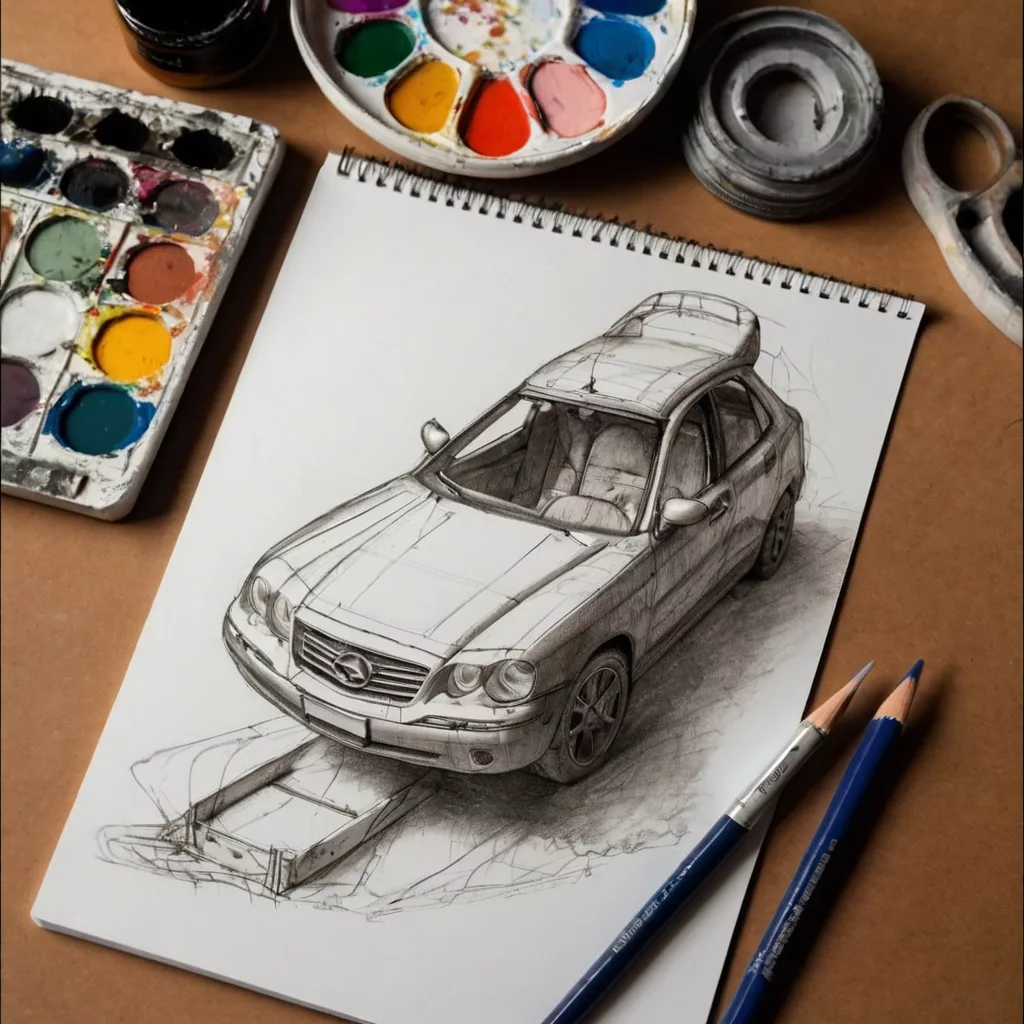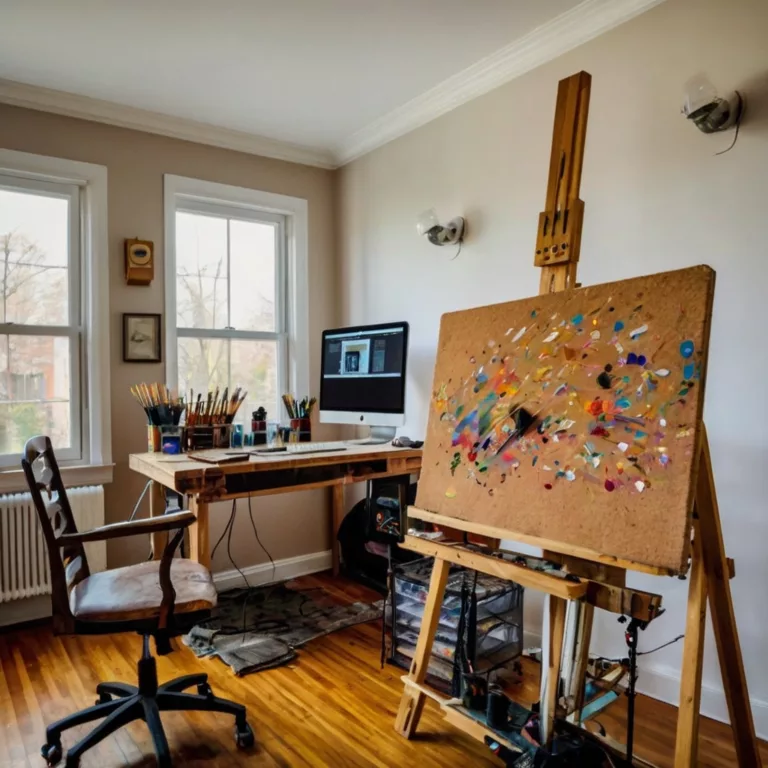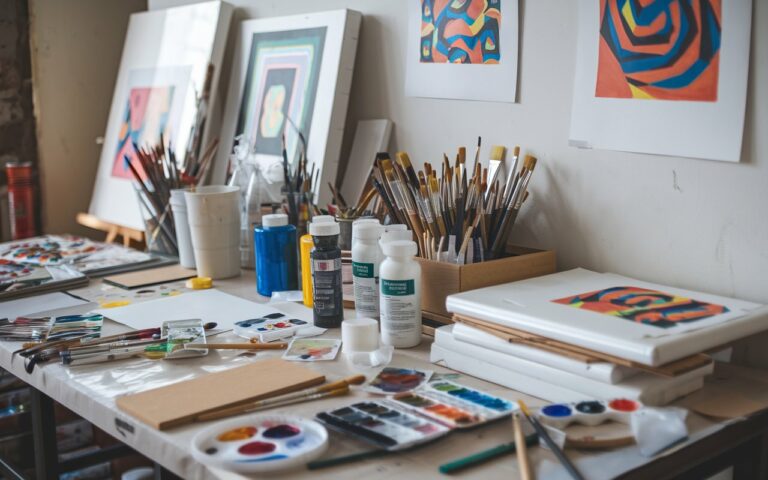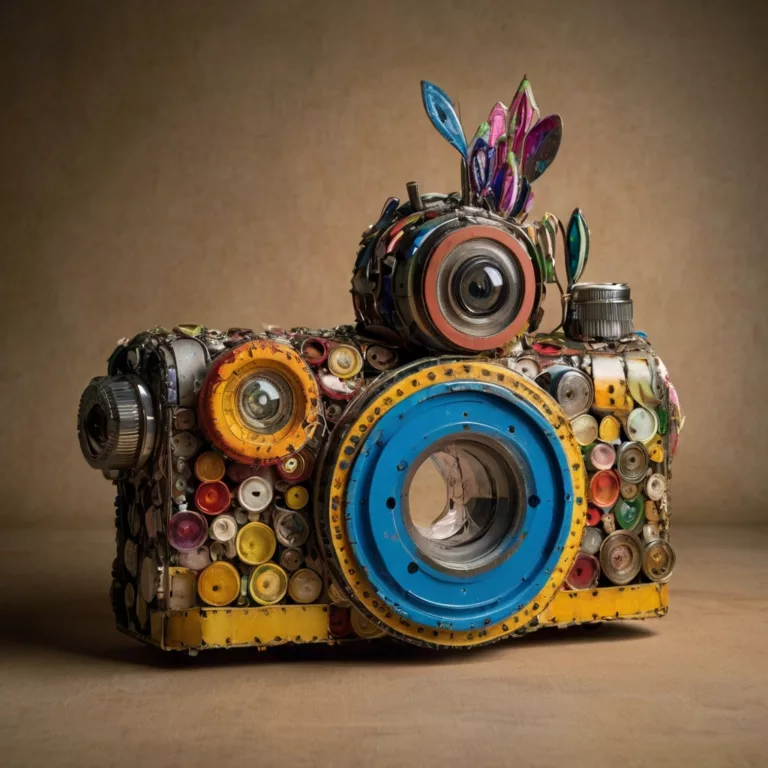Easy Sketch Techniques: Guide for Artists of All Levels
Introduction
Sketching serves as the foundation of visual art, a powerful tool for observation, ideation, and artistic expression. Whether you’re a complete beginner hesitant to make your first mark or an experienced artist looking to refine your approach, mastering efficient sketching techniques can transform your creative practice. This comprehensive guide explores accessible sketching methods that simplify the drawing process while producing impressive results, proving that creating compelling artwork doesn’t require innate talent just thoughtful practice and the right techniques.
Understanding the Fundamentals
The Mindset of Sketching
Embracing Imperfection:
- Sketching thrives on spontaneity and looseness
- The “perfect line” rarely exists in preliminary sketches
- Value quick, expressive marks over precision in early stages
- A sketch represents visual thinking, not a finished product
Developing Observation Skills:
- Train yourself to see shapes rather than objects
- Notice negative space (the areas around and between subjects)
- Observe proportional relationships between elements
- Identify the underlying structure before adding details
The Psychology of Learning to Sketch:
- Accept that initial progress may be slow and nonlinear
- Recognize that frustration is part of the learning process
- Implement deliberate practice by focusing on specific skills
- Celebrate small improvements rather than comparing to professionals
Essential Materials for Effective Sketching
Paper Selection:
- Sketchbook recommendations for different purposes:
- Smooth bristol for detailed work
- Toothy paper for expressive mark-making
- Toned paper for dramatic light/shadow studies
- How paper weight affects performance
- Advantages of spiral-bound vs. hardbound sketchbooks
Pencil Types and Characteristics:
- Graphite grading system explained (9H to 9B)
- Recommended pencil hardness for different sketch styles
- Mechanical vs. wooden pencils: practical considerations
- Charcoal, carbon, and graphite pencils compared
Additional Tools That Simplify Sketching:
- Kneaded erasers for lifting graphite gradually
- Blending stumps and tortillons for smooth transitions
- Pencil extenders to maximize pencil use
- Workable fixative to prevent smudging
Foundational Techniques
Gesture Drawing: Capturing Movement and Energy
Rapid Gesture Sketching:
- Time-limited exercises (30 seconds to 2 minutes)
- Focus on action lines and movement
- Techniques for maintaining proportions in quick sketches
- How to suggest volume with minimal lines
Continuous Line Gesture:
- Drawing without lifting your pencil
- Balancing observation with hand movement
- Building confidence through rhythmic mark-making
- Using line weight variation for emphasis
From Gesture to Form:
- Adding simple volumes to gesture sketches
- Transitioning from flat to three-dimensional thinking
- Maintaining the energy of initial gestures in refined drawings
- Practice exercises to develop fluid, confident lines
Structural Sketching: Understanding Form
Basic Geometric Simplification:
- Breaking down complex objects into simple shapes
- The sphere, cube, cylinder, and cone as building blocks
- Identifying primary, secondary, and tertiary forms
- Progressive complexity in structural thinking
Constructive Drawing Methods:
- Box method for complex objects
- Axis lines for maintaining proportion and orientation
- Cross-contour exercises to understand volume
- Transparent construction approaches
Creating Depth Through Overlapping Forms:
- Using occlusion to establish spatial relationships
- Sketching from general to specific
- Common structural mistakes and how to avoid them
- Practicing structure through everyday objects
Line Quality and Expression
Types of Line and Their Emotional Impact:
- Confident vs. hesitant line character
- Thick, thin, broken, and continuous lines
- Angular vs. curved approaches
- Creating visual interest through line variety
Contour Drawing Exercises:
- Blind contour drawing to improve hand-eye coordination
- Modified contour drawing for accuracy
- Cross-contour drawing for understanding form
- Continuous vs. broken contour techniques
Hatching and Cross-Hatching:
- Parallel line hatching for consistent shading
- Cross-hatching for deeper values
- Contour hatching to emphasize form
- Creating texture through line directionality
Practical Sketch Approaches
Value and Shading Simplified
The Five-Value System:
- Breaking down complex lighting into five distinct values
- Creating value scales for reference
- Starting with middle tones rather than outlines
- Building depth through progressive value relationships
Easy Shading Techniques:
- Hatching and cross-hatching patterns
- Stippling for gradual transitions
- Scumbling for textural effects
- Block shading for rapid value establishment
Light Logic in Sketching:
- Identifying the primary light source
- Core shadow, halftone, highlight, and reflected light
- Cast shadows vs. form shadows
- Common lighting mistakes in beginner sketches
Composition Made Simple
The Rule of Thirds and Beyond:
- Using viewfinders to isolate compelling compositions
- Thumbnail sketching for quick compositional studies
- Leading the eye through directional elements
- Creating depth through overlapping and size relationships
Focal Point Strategies:
- Contrast of value, size, and detail to create emphasis
- Using convergent lines to direct attention
- Isolation techniques for highlighting important elements
- Frame-within-frame approaches
Dynamic vs. Static Compositions:
- Creating movement through diagonal elements
- Balancing visual weight across the picture plane
- Activating negative space
- Using asymmetry for visual interest
Perspective Without Frustration
Intuitive Perspective:
- Observation-based perspective vs. measured perspective
- Sight-size method for accurate proportions
- Using pencil measurement techniques
- Simple horizon line and convergence concepts
One-Point Perspective Simplified:
- Central vanishing point for frontally-viewed scenes
- Using construction lines efficiently
- Common one-point perspective mistakes
- Practice exercises using everyday interior spaces
Two-Point Perspective Basics:
- Establishing horizon line and vanishing points
- Sketching rectangular forms convincingly
- Approximating perspective without precise measurement
- Troubleshooting distortion issues
Subject-Specific Sketching Techniques
Figure Sketching Simplified
Proportional Reference Systems:
- The “head height” measurement system
- Landmark points for consistent proportions
- Simplified anatomy references
- Action line approach to posture and stance
Gestural Figure Sketching:
- Capturing weight and balance
- Conveying movement with minimal lines
- Building from stick figures to volumetric forms
- Drawing convincing figures without anatomical knowledge
Clothed Figure Shortcuts:
- Identifying folds and their relationship to the body
- Simplifying fabric patterns
- Using line weight to distinguish figure from clothing
- Quick techniques for suggesting different fabric textures
Face and Portrait Sketching
Feature Placement and Relationships:
- The “egg and centerline” method
- Using the “eyes at midpoint” rule
- Proportional relationships between facial features
- Common errors in facial proportions
Feature Simplification:
- Breaking down eyes, nose, mouth, and ears into basic forms
- Value patterns that define facial planes
- Capturing likeness through specific observation
- Expressive vs. realistic portrait approaches
Quick Portrait Techniques:
- Starting with shadow shapes rather than outlines
- Using value to define structure
- Selective detail placement for maximum impact
- Time-saving approaches for capturing expression
Landscape Sketching Methods
Establishing Spatial Planes:
- Foreground, middle ground, and background divisions
- Atmospheric perspective through value and detail reduction
- Horizontal division techniques for convincing landscapes
- Creating depth through overlapping elements
Natural Element Simplification:
- Tree and foliage shorthand techniques
- Rock and mountain mass suggestion
- Water and reflections simplified
- Cloud and sky pattern approaches
Urban Sketching Strategies:
- Establishing architectural structure quickly
- Selective detail for character and interest
- Using vertical and horizontal emphasis appropriately
- Creating a sense of scale and atmosphere efficiently
Still Life and Object Sketching
Form Analysis for Common Objects:
- Breaking down household items into basic shapes
- Understanding how form affects light reception
- Drawing transparent and reflective objects simply
- Approaches for mechanical vs. organic objects
Texture Suggestion Techniques:
- Line quality variations for different surfaces
- Value pattern identification for textural effects
- Selective detail placement for material properties
- Simplified approaches to complex textures
Compositional Arrangements:
- Creating interest through varied heights and groupings
- Using negative space effectively in object arrangements
- Framing devices for tabletop compositions
- Dramatic lighting setups for striking still lifes
Developing Your Personal Sketching Style
Finding Efficiency in Your Approach
Time-Saving Techniques:
- Strategic construction lines vs. detailed preliminary drawing
- Value blocking before refining details
- Working general to specific, large to small
- Knowing when to stop and what to omit
Streamlining Your Process:
- Developing a consistent approach sequence
- Finding your ideal materials through experimentation
- Creating custom reference sheets for common subjects
- Building a library of go-to techniques
Overcoming Common Obstacles:
- Addressing perfectionism with timed exercises
- Building consistency through daily practice
- Troubleshooting specific technical challenges
- Maintaining motivation during plateaus
Sketch to Finished Art Workflow
Using Sketches as Preliminary Studies:
- Iterative sketching for concept development
- Information gathering through focused studies
- Composition refinement through multiple thumbnails
- Value studies before committing to final work
Transfer Methods:
- Grid system for accurate enlargement
- Tracing and transfer paper techniques
- Projection methods for large-scale work
- Digital enlargement and printing approaches
Preserving Spontaneity in Finished Work:
- Maintaining energy from sketches to completed pieces
- Balancing precision with expressiveness
- Selective refinement vs. complete reworking
- Using multiple references for comprehensive information
Digital Sketching Integration
Traditional to Digital Transition:
- Applying analog techniques to digital platforms
- Tablet and stylus recommendations for beginners
- Software options for different sketching styles
- Customizing digital tools to mimic familiar media
Digital-Specific Advantages:
- Using layers for constructive approaches
- Leveraging symmetry and perspective tools
- Color and value experimentation without commitment
- Integrating reference materials seamlessly
Hybrid Workflows:
- Beginning traditionally and finishing digitally
- Using digital for planning and composition
- Printing digital sketches for traditional rendering
- Creating custom brushes based on your analog mark-making
Practical Applications and Exercises
Skill-Building Exercise Program
10-Day Sketching Challenge:
- Progressive exercises focusing on specific techniques
- Time constraints to encourage decisive mark-making
- Subject variety for comprehensive skill development
- Self-assessment guidelines for identifying improvement areas
Targeted Practice Sessions:
- Line quality drills for hand control
- Value recognition and reproduction exercises
- Form analysis studies using everyday objects
- Memory drawing to strengthen observation
Group and Partner Activities:
- Peer feedback frameworks
- Collaborative drawing exercises
- Comparative analysis of different approaches
- Motivational accountability systems
Sketching in Professional Contexts
Idea Communication:
- Visual thinking techniques for problem-solving
- Thumbnail development for design projects
- Presentation sketching for client communication
- Annotation methods for technical information
Field Sketching:
- Portable kit recommendations
- Weather and environmental considerations
- Quick setup and breakdown strategies
- Subject selection for meaningful documentation
Sketchnoting and Visual Journaling:
- Information hierarchy in visual notes
- Combining text and image effectively
- Developing personal visual vocabulary
- Memory enhancement through visual documentation
Maintaining a Consistent Sketch Practice
Habit Formation Strategies:
- Creating sustainable daily sketch routines
- Overcoming common practice obstacles
- Environmental setup for successful sessions
- Progress tracking systems
Community Engagement:
- Online sketching groups and challenges
- Local urban sketching meetups
- Workshop and course recommendations
- Giving and receiving constructive feedback
Long-Term Skill Development:
- Setting appropriate goals for different stages
- Recognizing and pushing through plateaus
- Expanding technique repertoire strategically
- Developing specialized approaches for personal interests
Troubleshooting Common Sketching Problems
Proportion and Measurement Issues
Identifying Proportion Problems:
- Common distortion patterns in beginner work
- Using viewfinders and sighting techniques
- Comparative measurement methods
- Format and composition influence on proportions
Corrective Techniques:
- The “flip test” for asymmetry identification
- Using transparent overlays for correction
- Grid-based analysis of problematic areas
- Systematic checking points during the sketching process
Prevention Strategies:
- Beginning with crucial proportional relationships
- Establishing anchor points and reference lines
- Regular stepping back for perspective
- Methodical progress from large to small elements
Value and Contrast Challenges
Identifying Value Problems:
- Limited value range (too light or compressed)
- Inconsistent light source interpretation
- Weak focal point due to poor value organization
- Photographic reference pitfalls
Corrective Approaches:
- Creating value scales for reference
- Using value finders (red filters or squinting)
- Simplifying to three or five value groups
- Strategic contrast placement for emphasis
Value Organization Systems:
- Working from mid-tones outward
- Establishing key values before details
- Creating value thumbnails before detailed sketching
- Using value patterns rather than outlines
Line Quality and Confidence
Identifying Line Problems:
- Hesitant, scratchy line character
- Overworked, reinforced lines
- Inconsistent pressure and weight
- Poor line economy (too many unnecessary lines)
Corrective Exercises:
- Practicing decisive, single-stroke drawing
- Arm vs. wrist movement for different line types
- Warm-up routines for line fluidity
- Blind contour drawing for hand-eye coordination
Line Economy Strategies:
- Prioritizing structural vs. decorative lines
- Using line weight variation for emphasis
- Suggesting rather than delineating edges
- Creating hierarchy through line application
Conclusion
Sketching remains one of the most accessible yet profound artistic practices, offering both immediate gratification and lifelong development. The techniques outlined in this guide provide entry points for artists at any level, emphasizing that effective sketching comes not from innate talent but from thoughtful observation, consistent practice, and strategic technique application.
By approaching sketching as a trainable skill rather than a mysterious gift, you open yourself to steady improvement. Remember that even the most accomplished artists began with fundamental techniques, gradually building their visual vocabulary through persistent practice and experimentation.
As you integrate these approaches into your artistic practice, you’ll discover that sketching becomes not just a preliminary step toward finished artwork but a rewarding and expressive art form in its own right. The spontaneity, directness, and honesty of a well-executed sketch often communicates with more immediacy and emotional impact than highly refined work.
Art11deco







